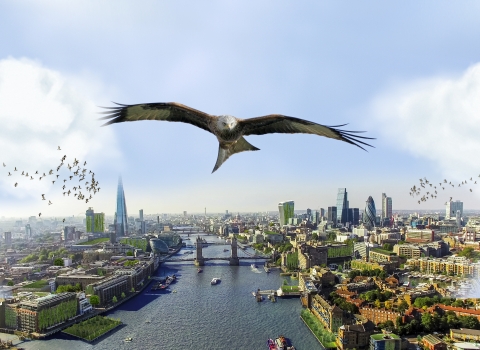The Wildlife Trusts are working in partnership with National Highways to improve habitats across England benefitting people, nature and wildlife, launching a new £6 million Network for Nature programme that will improve habitats across England, benefitting people, nature and wildlife.
In our region a range of habitats and species will benefit with funding of £346,000, as BCN Director of Conservation, Matt Jackson explains: "Network for Nature is helping us create and improve habitat on three of our roadside nature reserves in Bedfordshire - Luton and Dunstable - and Northamptonshire. From wetland habitats in the Nene Valley through to chalk grasslands in the Chiltern Hills, this programme will help us manage sites to improve them for water voles, slow worms and sand martins. The Network for Nature programme is specifically aimed at making sure that any new or improved habitat links into the surrounding landscape, so that genuine networks for wildlife are created."



